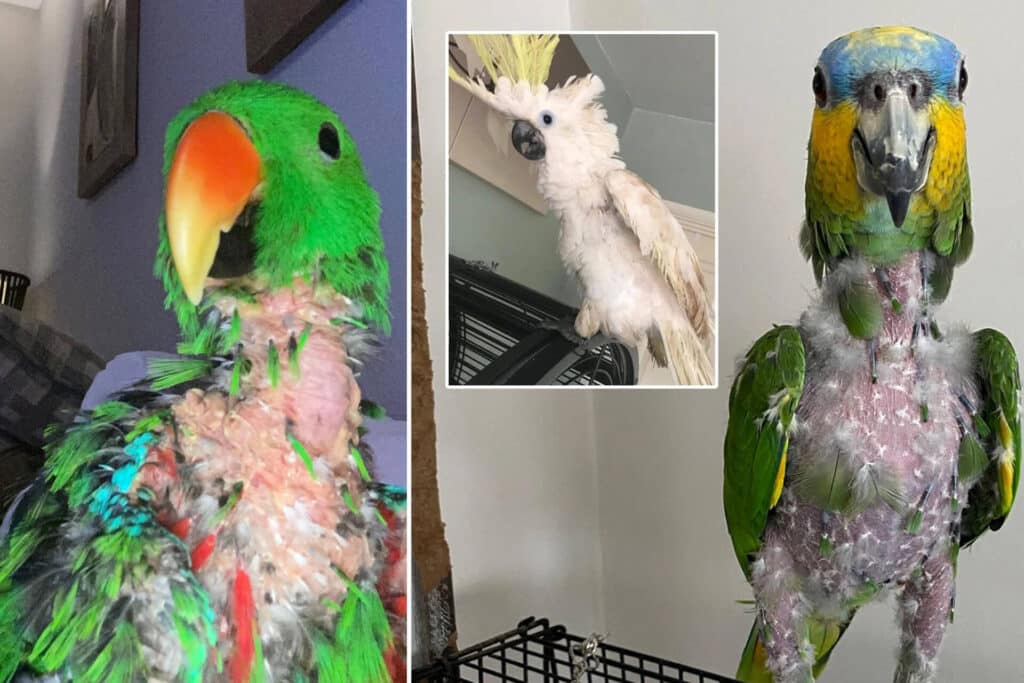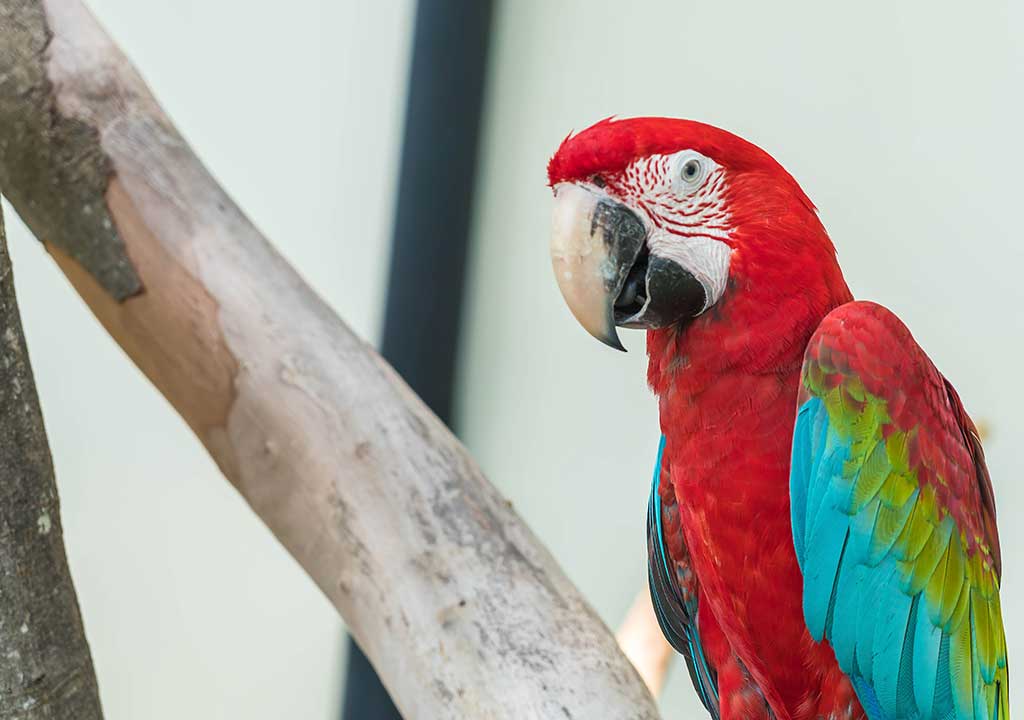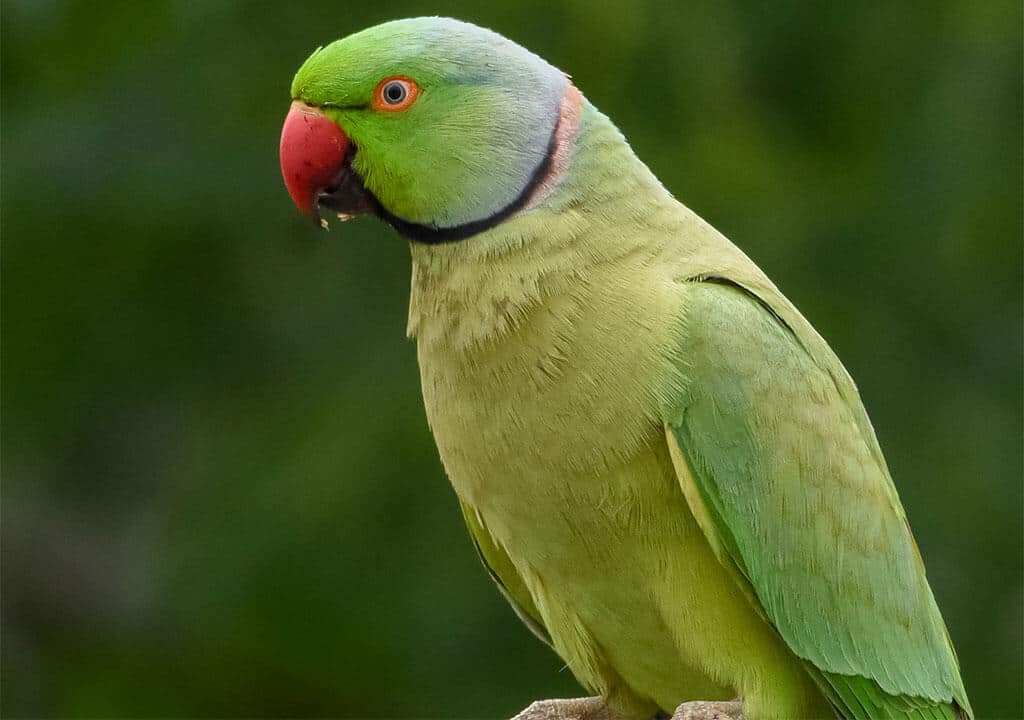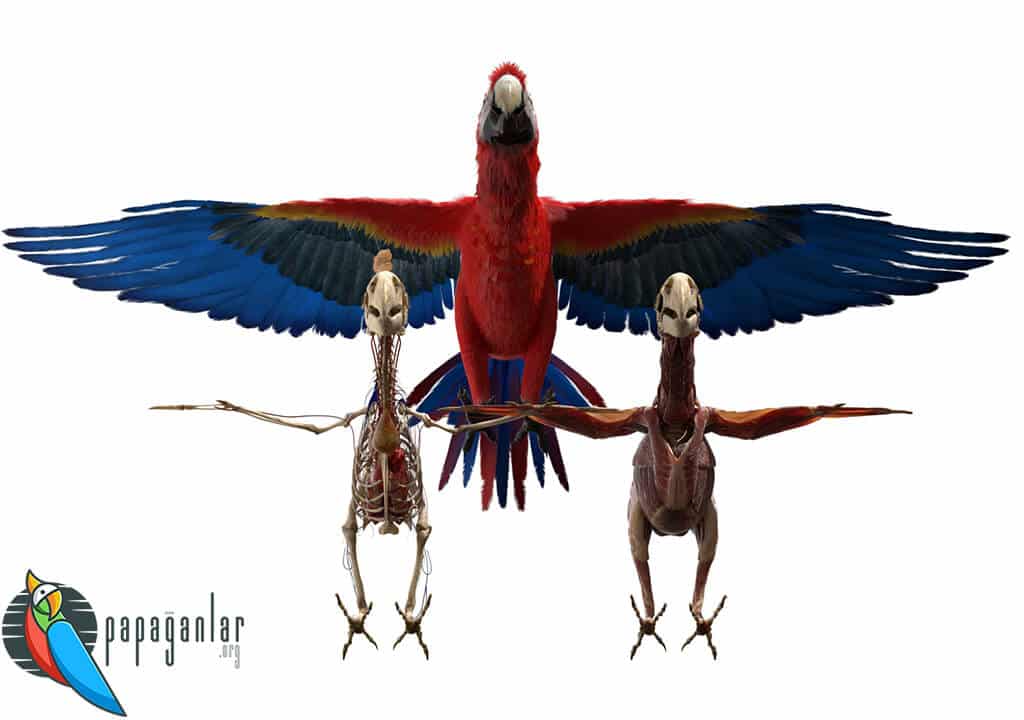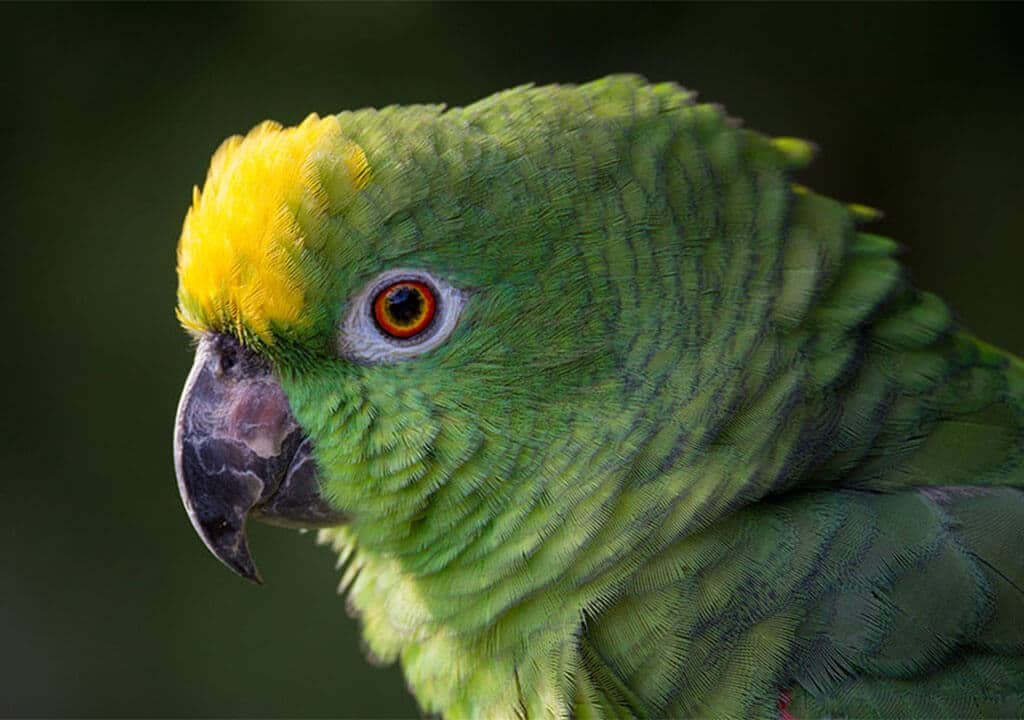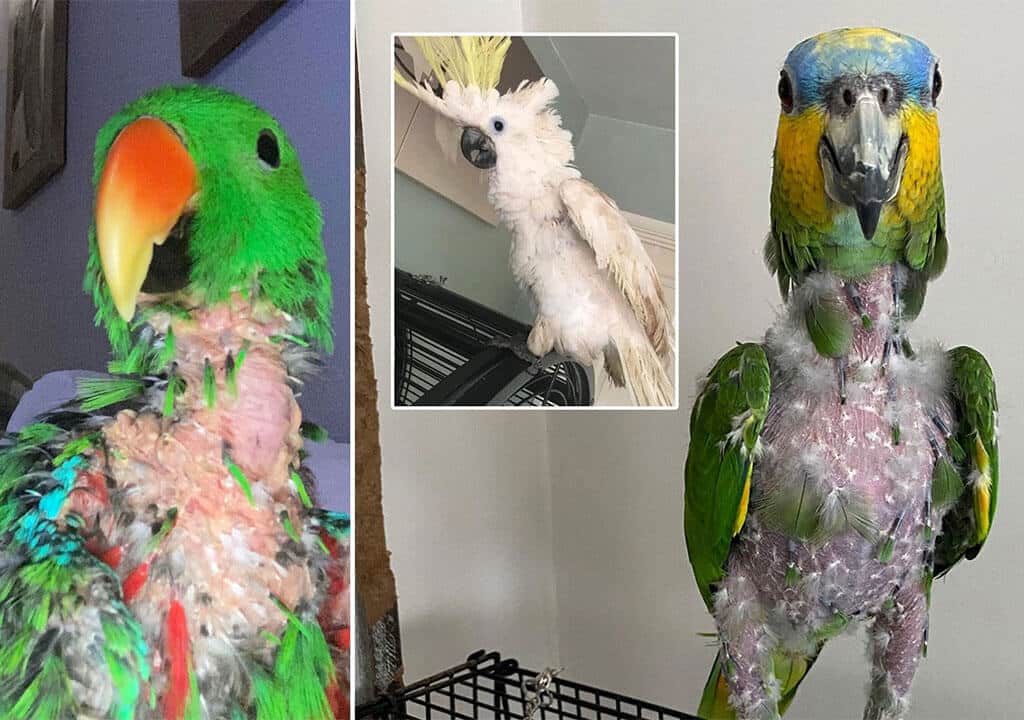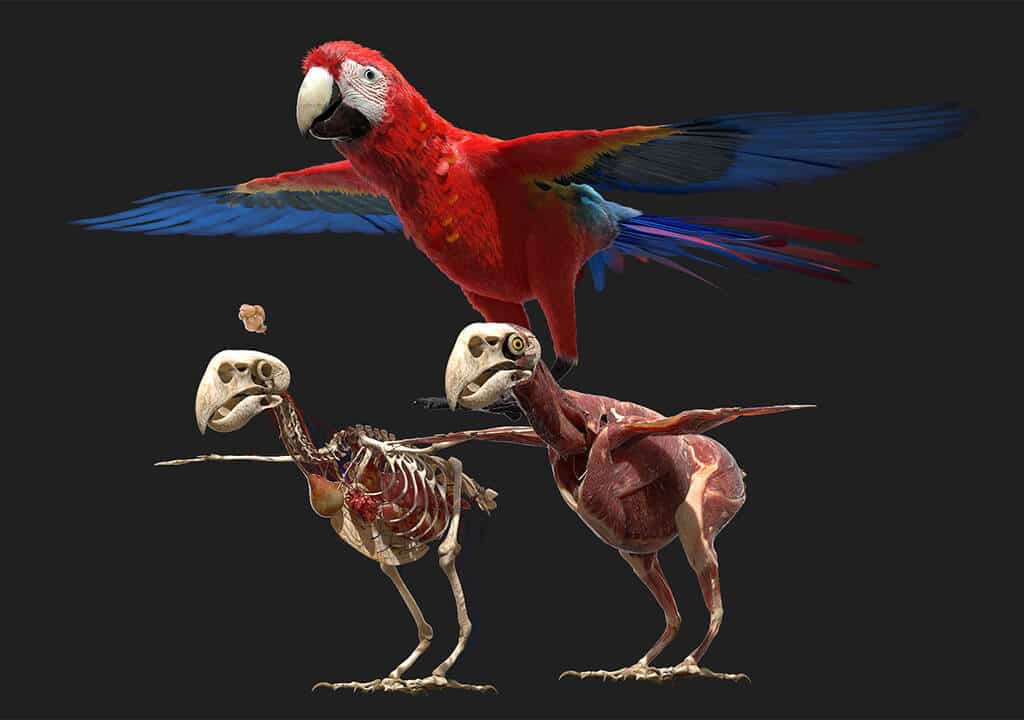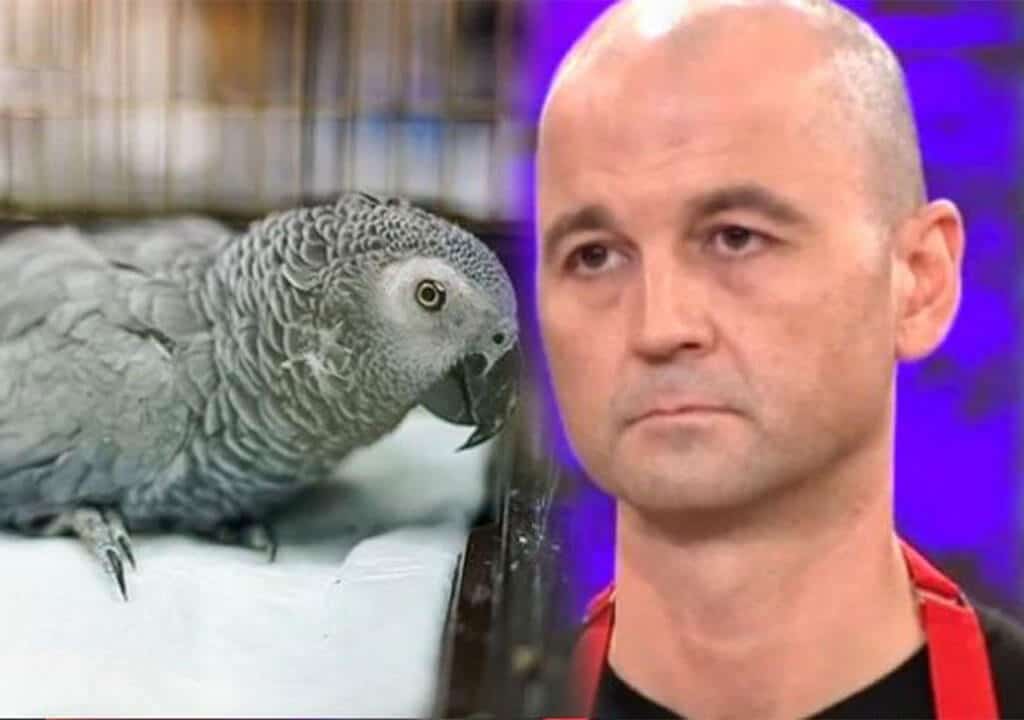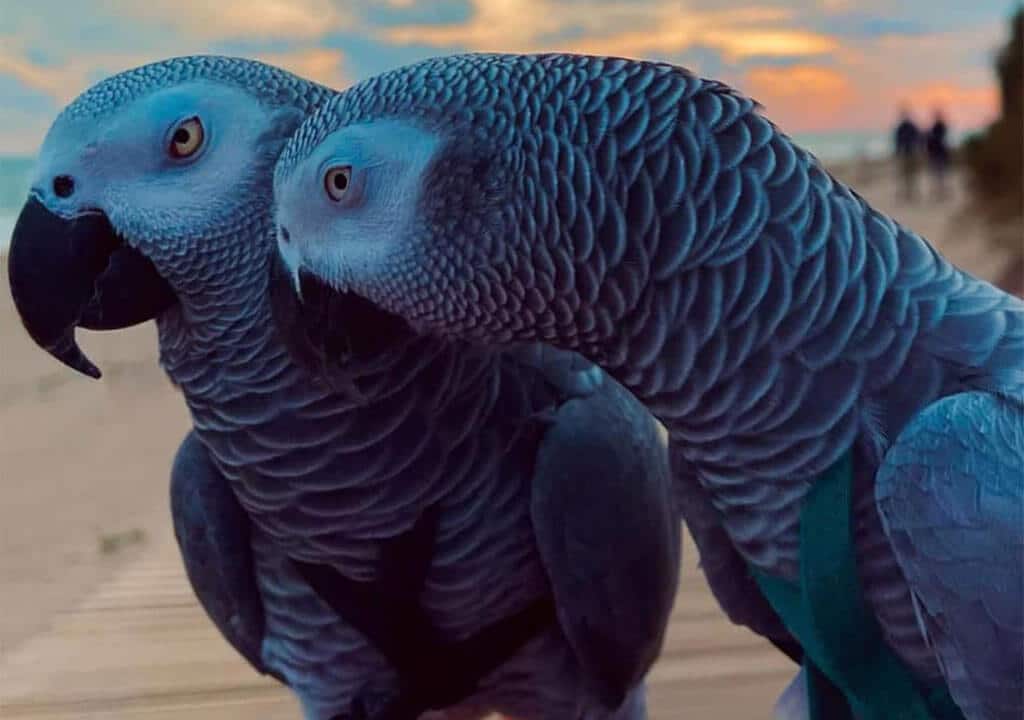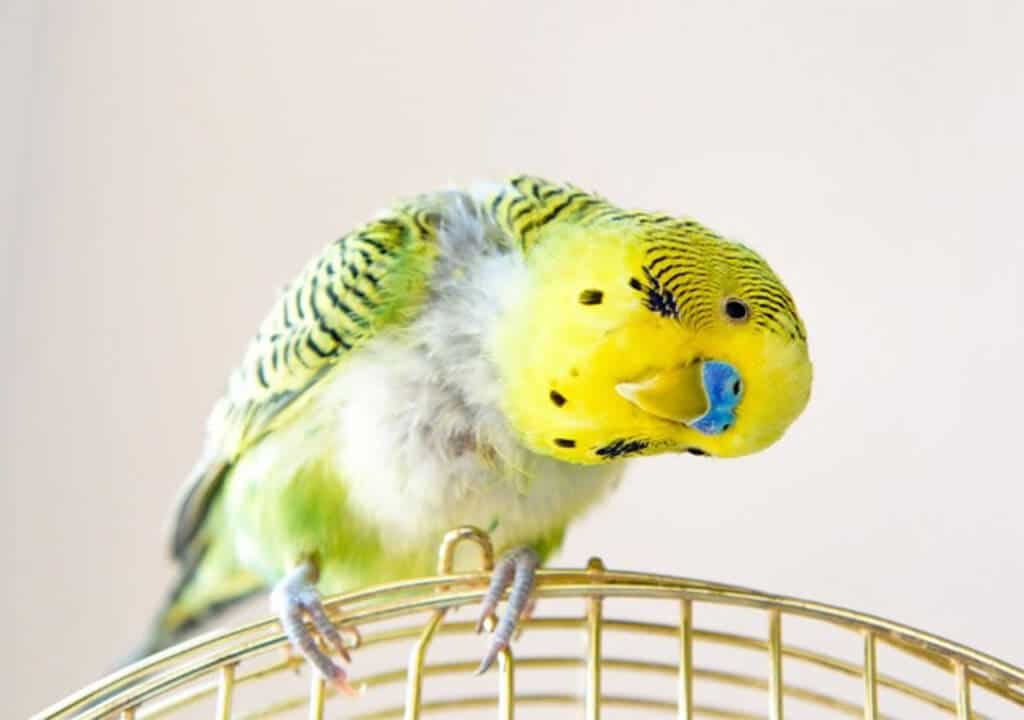Blog
Use of Probiotics in Parrots
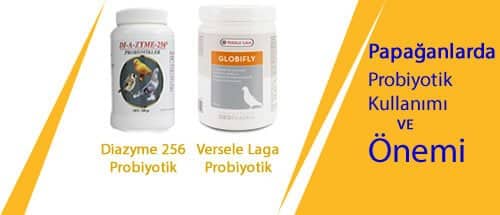
Probiotic
What Does a Budgie Probiotic Do?
In this article, we will give you the best information about making probiotics for cockatiels, lovebirdsand budgies, which are common parrot breeds in our country. We will also try to give information about budgerigar natural probiotic yogurt. We will also include information about probiotic products specially made by brands. Especially Versele Laga Probiotic and diazyme 256 are the most sold products among the products produced as probiotic supplements and are preferred by hobbyists. We will also include extensive information about budgerigar probiotic prices.
- 1nd Way Harmful microbes are eliminated with appropriate antibiotics, and it ensures that our poultry friend regains its former health.
- 2nd Way It is the elimination of harmful ones by giving beneficial microorganisms orally. These beneficial microorganisms are called probiotics.
Budgie Probiotic Prices
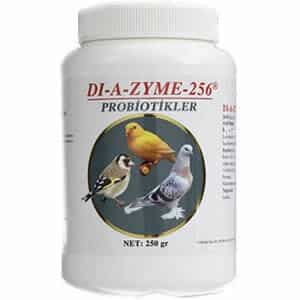
Lactic acid producing bacteria (lactobacillus) and fusobacterium species make up 90% of the intestinal microflora of poultry. The remaining 10% is composed of microorganisms such as E.coli, Enterocccus, Clostridium, Staphylococcus, Blastomyces, Pseudomonas and Proteus. There are more than 400 species of microorganisms in the normal intestinal microflora.




